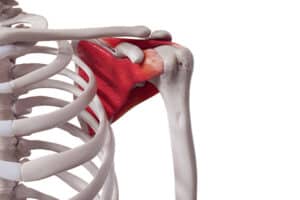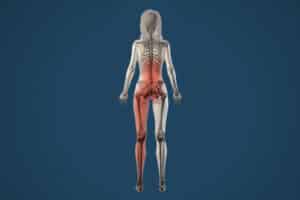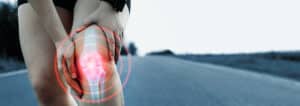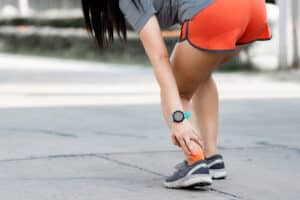Disc Degeneration Posture and Movement Tips
How you move in your day plays a role in reducing or increasing the amount of back pain related to disc degeneration you experience. You may have been shocked to discover you have a disc herniation or other degenerative changes at your lumbar spine. To make the most of your recovery, it’s important to practice healthy movement hygiene. Let’s go through some tips for reducing your back pain.
Posture
When standing, it’s important to keep your head in line with your shoulders. Check out our post on proper posture for a deeper dive into what is ideal posture.
When seated, keep your feet flat on the floor, sitting tall and relaxing back against the chair. You may benefit from using a lumbar support cushion if the chair’s support is inadequate.
To get up from a seated position, be sure to move to the front of the chair before standing. A deep seat pan can cause excessive bending at the lower back when rising from the chair, leading to increased compression in the back.
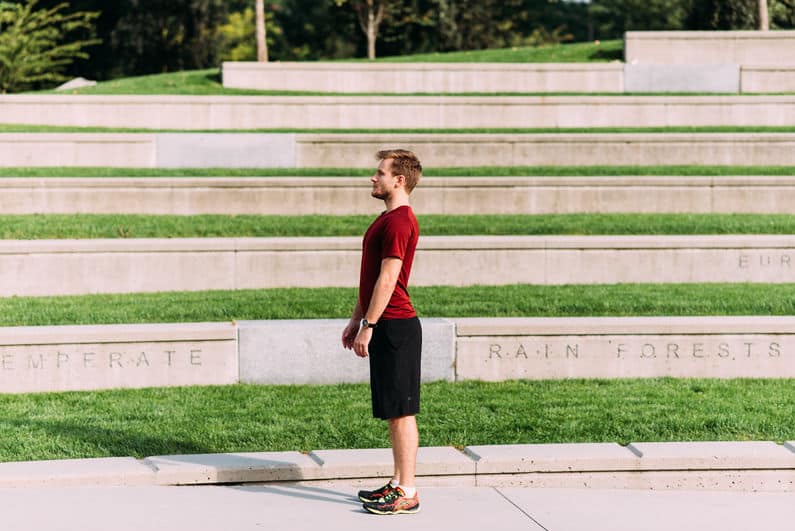
General Lifting Tips
Improper lifting can contribute to your pain. When lifting objects from a surface, be sure to lift with a wide stance, knees bent and chest up. Remember the acronym STABLE.
Spine – Have a natural, straight spine.
Twisting – Avoid twisting movements!
Arms – Keep them close to your body.
Base – Maintain a wide base of support.
Legs – Use your legs to do the lifting.
Bending Pain Versus Arching Pain
People suffering from low back pain can be lumped into two groups – flexion intolerant and extension intolerant. Individuals that experience back pain with touching their toes or forward bending are referred to as having a flexion intolerant back. In contrast, individuals that suffer from pain when they arch or extend their spine are referred to having an extension intolerant back. I’m going to be providing separate tips for each of these two groups.
Tips For The Flexion Intolerant (Pain With Bending)
Forwarding bending puts more compressive load through the lower back, causing a pinching or squeezing the lumbar discs. Let’s go through how to optimize postures and movement to minimize back pain for someone who is flexion intolerant.
Lifting For The Flexion Intolerant
To avoid lumbar compression when picking up objects, avoid hinging at the hips. Instead, perform a golfer’s lift by kicking out a counter balancing back leg while holding onto a wall or chair for support. Alternatively, you can bring one knee to the floor in a backwards lunge. Both movements will reduce forward bending and lumbar compressive force.
Avoid the bend over lift as shown in the photo below.
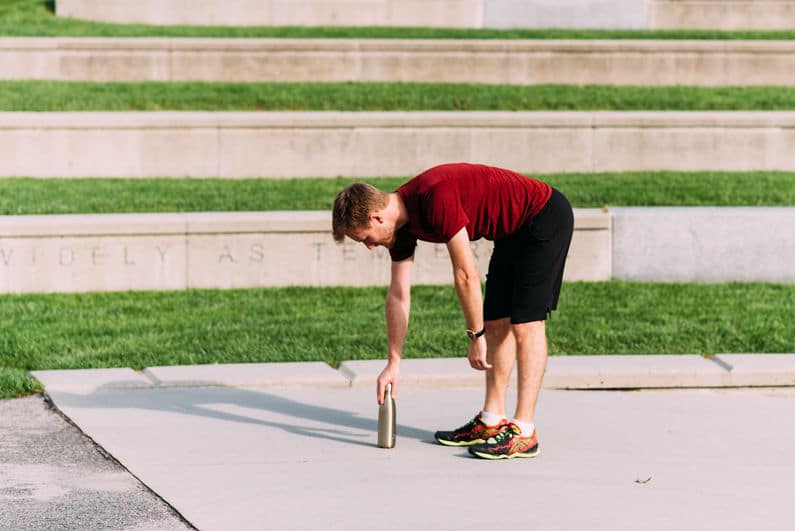
Walking For the Flexion Intolerant
Regular walking with good posture and a brisk pace can be very beneficial to the flexion intolerant low back. Be sure to let your arms swing naturally when walking as the added movement helps to relieve tension in your back. Beware walking at a slow, meandering pace – what I call “mall walking”, as this type of movement can be aggravation for the lower back.
Tips For The Extension Intolerant (Pain With Arching)
If you have an extension intolerant back, you may find sitting for long periods to be much easier than standing or walking. Be sure to give yourself plenty of sitting breaks.
Avoid movements that cause hyperextension (arching) as as:
- supermans
- cobra
- sleeping on stomach
- leaning back carrying heavy objects
That’s it for managing lumbar pain associated with disc degeneration! Physiotherapy and kinesiology can help with management of disc degeneration, narrowing, disc bulge and disc herniation.
References
Kendall, F. P., McCreary, E. K., Provance, P. G., Rodgers, M., & Romani, W. (2014). Muscles: Testing and Function, with Posture and Pain. Wolters Kluwer Health.


